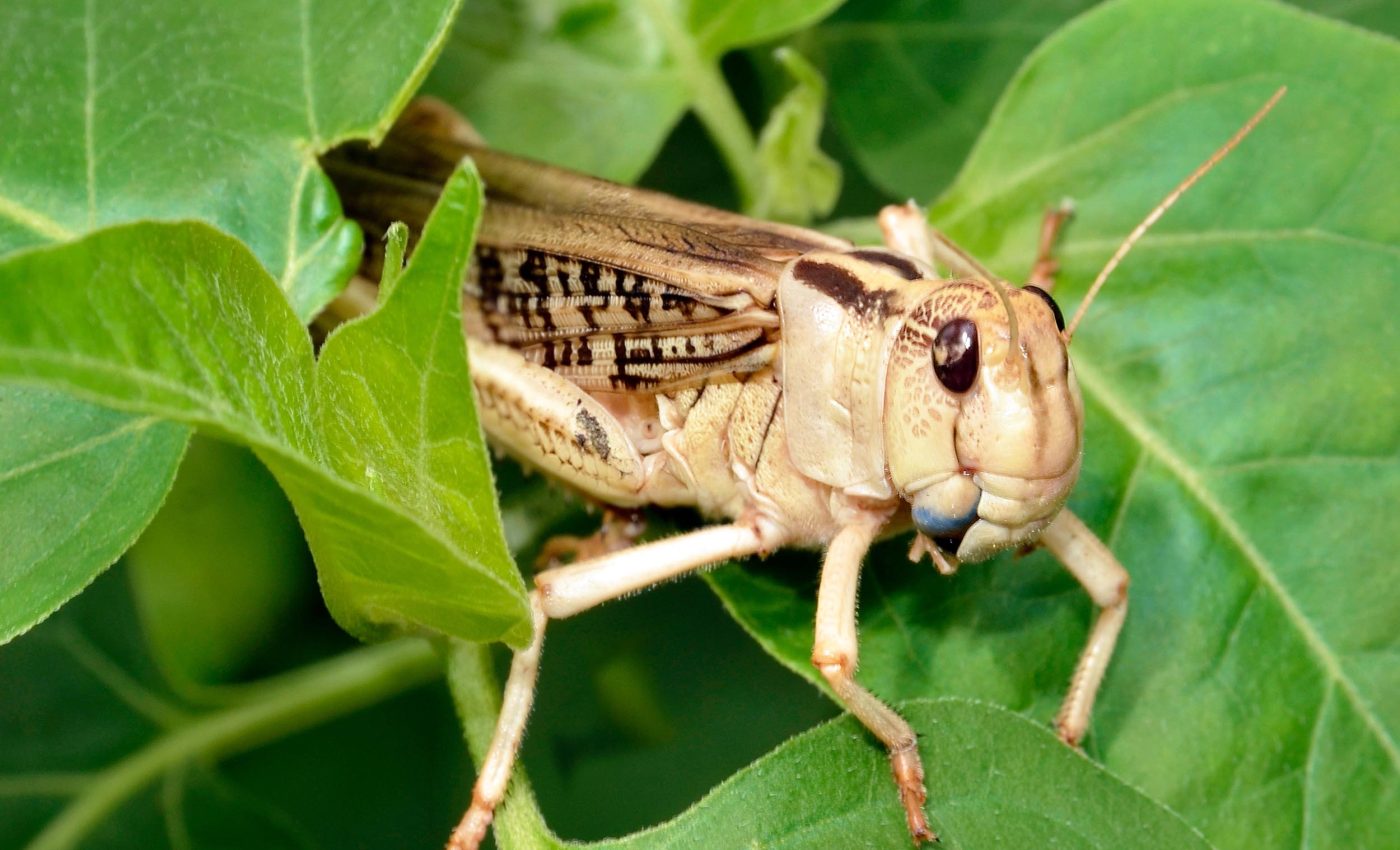
Desert locust mothers give babies survival 'lunchboxes' for drought
In many deserts, locusts are known for surprising adaptations in behavior and appearance. Their life in these dry areas pushes them to come up with unique ways to keep going.
Locust experts have discovered that when mother locusts lay eggs in low-moisture soil, the newly hatched young arrive with a small stash of food in their systems.
This finding comes from research led by Dr. Koutaro Ould Maeno from the Center for Biology for Population Management in partnership with the Mauritanian National Desert Locust Center.
Desert dryness shapes locust survival
Deserts often see rainfall patterns that come and go without warning. This inconsistency creates a puzzle for insects like the desert locust, which belongs to the genus Schistocerca.
The locusts live across many countries, covering stretches of the Sahara and beyond. Researchers have followed them for years to understand how they handle drought and unpredictable vegetation.
Scientists found that mothers producing eggs in crowded areas lay larger eggs with fewer total offspring.
Eggs laid under solitary conditions end up smaller in size yet higher in number. But if the soil is drier than usual, those hatchlings emerge undersized and carry extra yolk in their guts.
How hatchlings survive early hunger
“Small hatchlings lived 65% longer than normal-sized hatchlings in starvation conditions,” stated Dr. Maeno.
The “lunchbox” strategy enables hatchlings to cope with limited food during the earliest part of life. Extended survival gives them extra time to find nutrition in landscapes where fresh vegetation is sparse.
Gregarious locust mothers, known for laying bigger eggs, were also found to produce offspring that lasted even longer in dry setups.
“A separate set of hatchlings from these mothers survived 230% longer than counterparts from normally moist conditions,” according to Dr. Maeno.
If the environment turns worse, hatchlings with yolk reserves can hang on without immediate feeding.
Mini but mighty
Scientists ran tests that removed yolk from certain eggs. Those tampered eggs produced smaller hatchlings but without the usual energy supply.
They did not last as long when food was scarce, which supports the idea that yolk is crucial for immediate survival.
In normal conditions, larger hatchlings do better because they begin life with bigger bodies. Yet in drier conditions, smaller hatchlings hold a secret edge.
Their reduced size and stored yolk let them stretch their energy budget until they can locate plants for sustenance.
Desert locusts lay different eggs in crowds
Desert locusts switch between the solitary and gregarious phases. Solitary individuals spread out, focus on laying many small eggs, and are timed to rainy periods.
But if the environment turns crowded, locusts shift to a swarming form. Mothers in this phase will often produce fewer, larger eggs that hold an extra dose of lipid for growth.
Both phases show that babies must handle unpredictable levels of soil moisture. When the sand dries too early, embryos shrink but keep more nutrients in reserve.
If the hatchlings do not find food right away, they start using up these reserves. This helps them endure for several days longer than usual.
Desert locusts use reserves
Soil dryness is a strong signal of future challenges, since fewer plants can thrive in parched ground. Hatchlings must be able to trek to greener patches.
This is where longer survival times truly help. Over the years, locust watchers have learned that groups of juveniles may march for miles to find fresh grass, making full use of any stored energy.
By setting aside a fraction of resources for a post-hatching meal, these insects enhance their chance of success in semi-arid regions.
This approach meets the unpredictable nature of deserts, where storms can appear fast and vanish just as quickly.
Stopping desert locust swarms
There is growing interest in applying these findings to forecast locust booms. When large swarms arise, farms face extreme losses, so each clue about desert locust behavior matters to planners.
Accurate knowledge of how eggs respond to dryness could make targeted controls more precise.
“The results illustrate the complex ways female locusts and embryos living in an unpredictable and harsh ecosystem allocate their reproductive resources,” explained Dr. Maeno.
Scientists studying locust physiology plan to keep tracking their reproductive resource choices.
One goal is to learn if any genetic signals flip on when dryness sets in. Another is to test whether other insects in arid zones follow similar paths when water runs low.
These findings highlight a strategy that gives young locusts a welcome head start. It is a small stash but enough to make all the difference in a harsh desert habitat.
The study is published in PNAS Nexus.
—–
Like what you read? Subscribe to our newsletter for engaging articles, exclusive content, and the latest updates.
Check us out on EarthSnap, a free app brought to you by Eric Ralls and Earth.com.
—–













